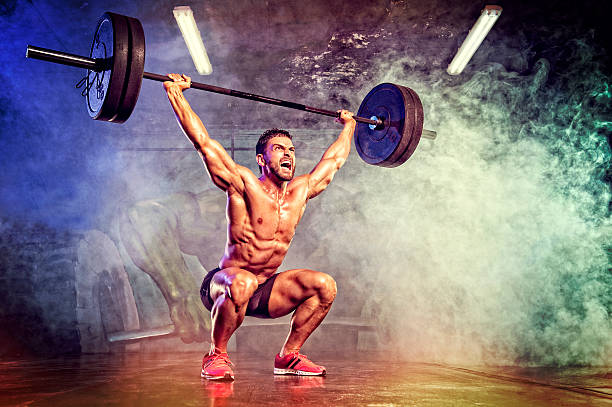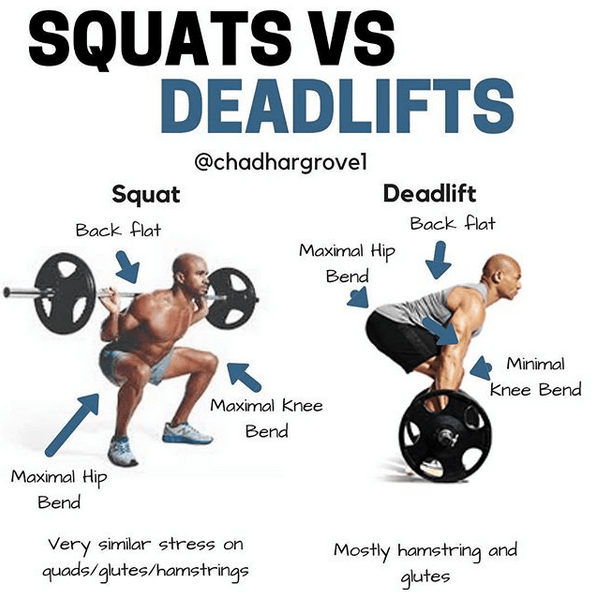
Deadlift classification
1.Three prevalent deadlift variations
Common deadlifts can be divided into three categories: hip extension deadlift, squatting deadlift, and competitive deadlift
The hip extension style mainly trains hip extension strength, hamstrings and gluteus maximus.
The most typical actions are straight leg deadlifts and Romanian deadlifts.
Squatting deadlifts are rare in normal times and only practiced by weightlifters
There are two competitive styles, traditional style and sumo style. The traditional style is based on hip extension and supplemented by knee extension. The sumo deadlift is more functional than the traditional deadlift.
2.Comparison of four common deadlifts
There are many kinds of deadlifts. Today, I only introduce the comparison of the four most common deadlifts.
The distance between the two feet
Sumo deadlift> straight leg deadlift = bent leg deadlift = Romanian deadlift
Bend the knee
Bent-leg deadlift=Sumo deadlift>Romanian deadlift>Straight-leg deadlift
Irritation to buttocks
Straight-leg deadlift>Romanian deadlift>Bent-leg deadlift=Sumo deadlift
Requirements for the flexibility of the rear side chain
Straight-leg deadlift>Romanian deadlift>Bent-leg deadlift>Sumo deadlift
3.How to choose
The target muscle groups of these four types of deadlifts are different and should be selected according to different training goals.
For girls, combined with a lot of practice, a Romanian deadlift is recommended
Romanian deadlift not only can better stimulate the hips and lower back, and shape the backline, at the same time, the requirements for flexibility are not the highest, to avoid compensation or inability to complete the action due to insufficient flexibility.
4.Difficulty of learning
Deadlift teaching should start from the most basic traditional deadlift, because the traditional deadlift is one of the movements that use the most muscles in the body, and it also improves the strength level very obviously and is very efficient.
However, in the actual teaching process, the traditional deadlift is more difficult to learn. If there is no one-on-one teaching correction on site, it is easy to make mistakes repeatedly, and the insufficient flexibility of the joints will also bring relatively large limitations to the traditional deadlift.
The Romanian deadlift is very friendly to novices, with few restrictions and a quick start.
Romania has very good stimulation on the back of the thighs, hips, low back stabilizing muscles, and grip strength. It can increase the muscles of boys and make up for the strength of the back chain muscles that are easily overlooked. It is a great exercise for girls to practice peach hip.
How to Romanian Deadlift

RDL preparation
1.Exercise load
Compared with the traditional deadlift, the Romanian deadlift does not involve the quadriceps, so the training weight should not be too large. It is generally recommended to use 65%~75% of the traditional deadlift weight.
For example, the load for traditional deadlifting 8~12RM is 100kg, while Romanian deadlifting is 65~75kg.
2.Equipment preparation
The starting position of the Romanian deadlift is at the top, so you can't pull the barbell from the ground first, so it becomes the starting position of the bent leg deadlift...
You can adjust the height of the outer hook on this squat training frame, adjust the initial height of the bottom end of the barbell, try to use an empty bar or a small weight to do standard Romanian deadlifts, and keep trying until you find the right height.
The process of Romanian deadlift
1.Start bit
Stand with your feet hip-width apart, with your toes pointing forward, and place the barbell above the forefoot arch of your calf
Bend over and hold the barbell, hips back, core tightened, lower back straight, head and torso on the same plane
Bend your knees no more than 45 degrees
2.Aciton process
Slowly straighten your knees and hip joints at the same rate
Keep the barbell straight up and down
Always keep the spine in a neutral position to avoid excessive bending, extension and forward movement
Always keep your chest straight and tighten your shoulder blades
Knee joints always face the toes to avoid varus or valgus
Always keep the soles of your feet on the ground
When standing up, fully contract the gluteus maximus until the hip joint is fully extended
When falling, the barbell should be lower than the knee joint but not on the ground
3.Matters needing attention
Handgrip
Generally speaking, there are three types of hand grips: double forward grip (back of the hand forward), double reverse grip and forward and reverse grip
We don’t recommend double-reverse grip and forward-reverse grip. The former is likely to increase the participation of the biceps and affect the trajectory of the barbell; External rotation, long-term persistence, may cause an imbalance in the strength and shape of the muscles on both sides
Therefore, we recommend a double forward grip. If you can’t hold it when using heavyweights, then it is recommended to use a booster strap.
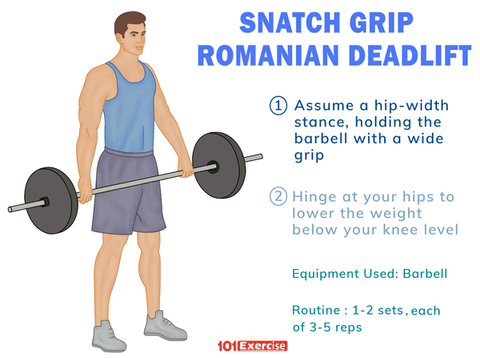
Focus on the overall action
Deadlift is a whole-body training exercise with strong functionality. Too much emphasis on the local standard of this movement can easily lead to compensation and movement deformation
For example, when instructing members, some people will repeatedly emphasize that the barbell must be lowered below the knee, but if the member’s core strength and joint flexibility are not enough to support such standards, modern compensation will occur, such as arched back, excessive knee bending, etc.
Therefore, it is recommended to pay attention to the whole and find the place where the student's movement is restricted in the movement, instead of dogmatically emphasizing local standards
The characteristics of Romanian deadlift
1.Starting point
The starting point of the traditional deadlift is on the ground (bottom end), and the barbell needs to be pulled up from the bottom end and then lowered
The Romanian deadlift starts at the top, drop the barbell to the bottom, and then pull it up
2.Range of action
The complete action of the traditional deadlift is to lift the barbell from the ground and then put it back on the ground.
The barbell does not touch the ground during the whole process of the Romanian deadlift, and the barbell stops when it drops below the knee.
3.Kness participation
During the Romanian deadlift, the hip joint is mainly involved in the action, and the knee joint is unchanged.
4.Small quadriceps stimulation
The hip muscles are responsible for the stability and extension of the hip joint
The hamstrings are responsible for the extension of the knee joint and the flexion of the hip joint. It is also responsible for maintaining the stability of the knee joint.
The first stage of the traditional deadlift is mainly to stretch the knee (front of the leg) to pull the barbell from the ground, while the Romanian deadlift eliminates the part that stretches from the ground to the knee, allowing your hips and the back of your legs. Become the protagonist completely
The Romanian deadlift trains the buttocks and the back of the thighs without irritating the front of the thighs. Therefore, the Romanian deadlift is the trump card for buttocks and the preferred action for "butt but not thick legs".
5.Muscle tone
The Romanian deadlift needs to maintain muscle tension throughout the movement, unlike traditional deadlifts that can rest when the barbell reaches the ground.
The value of the romanian deadlift
1.Super Isometric Contraction
Super-isometric contraction refers to a form of muscle compound contraction in which the muscles are stretched eccentrically and then contracted immediately.
The advantage of super isometric contraction is that it can use the "potential energy" generated by the elastic deformation of muscles to explode stronger tension and speed.
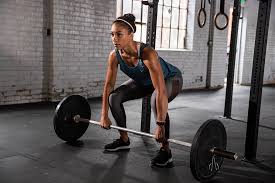
2.Romanian deadlift
The starting point of the Romanian deadlift is at the top, the barbell is lowered first, and the hip muscles and hamstrings will perform eccentric contraction first.
When the barbell is pulled up from the bottom, the hip muscles and hamstrings will continue to do centripetal contraction. At this time, the hips and hamstrings can use the "potential energy" generated by the elastic deformation of the muscles to explode stronger tension and speed.
3.Conducive to the traditional deadlift
The key factor for the failure of heavy deadlift: insufficient strength on the back of the hips and thighs!
The Romanian deadlift not only has a super shaping effect but also because of this action it also exercises the strength of the back of the thigh.
So if you want to do a good standard deadlift, Romanian deadlift training is also a good auxiliary training exercise
The Romanian deadlift action points
1.General points
Keep your back in a straight and locked state throughout the entire movement, never arching or arching the waist
Do not move your knees forward during the entire movement, and avoid the quadriceps muscles from exerting force
During the movement, the barbell is close to the calf, and the barbell trajectory keeps straight up and down
Place the center of gravity on the heel, rising and falling slowly
2.Key Points-Back
The Romanian deadlift training requires that the head be raised and the chest should be raised during the auction, the back should be straight, tight, and locked, and the erector spine of the lower back should be in a static state of isometric contraction.
Keep your back locked! Don't arch the waist or arch the waist
Only the lower back muscles that are straight and locked can ensure that the latissimus dorsi is not too involved in the action during the action, and it is less likely to be injured, and it can also make the target muscles more powerful
3.Key Points-Knees
In the standard Romanian deadlift, the quadriceps should not be involved in the process of extending the knee joint. This requires that the knee must not move forward during the extension of the knee!
4.Joint movement
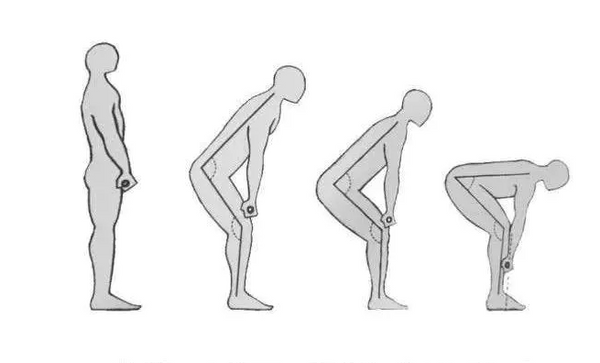
Best Romanian Deadlift Alternatives
Stiff-Legged Deadlift
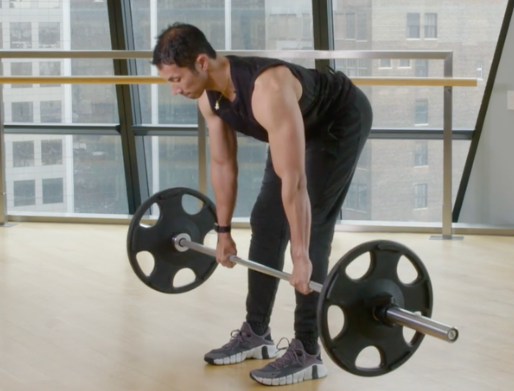
The stiff-legged deadlift is a variation of the conventional deadlift that emphasizes the hamstrings and glutes. Unlike the RDL, the barbell is held with an overhand grip, and the knees remain slightly bent throughout the movement. Focus on keeping your back straight and holding at the hips while lowering the barbell towards the floor.
Single-Leg Romanian Deadlift
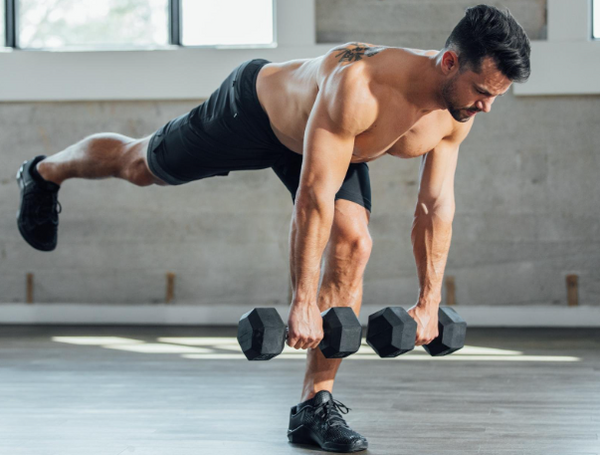
This exercise targets the hamstrings, glutes, and core while also improving balance and stability. Stand on one leg and hinge at the hips while extending the opposite leg straight behind you. Lower the weight (dumbbells, kettlebells, or a barbell) toward the ground, maintaining a straight back and a slight bend in the standing leg. Return to an upright position by engaging the glutes and hamstrings.
Glute Bridge

The bridge primarily targets the glutes but also engages the hamstrings and lower back. Lie on your back with your knees bent and feet flat on the floor. Lift your hips off the ground, squeezing your glutes at the top of the movement, and then lower them back down. You can perform the exercise with just body weight or add resistance by placing a barbell, kettlebells, or a weight plate across your hips.
Good Mornings

Good mornings are an exercise that targets the hamstrings, glutes, and lower back. Start by placing a barbell on your upper back, similar to a squat position. With feet shoulder-width apart, hinge at the hips while keeping your back straight and chest up. Lower your upper body until it's parallel to the floor, then return to the starting position by engaging the hamstrings and glutes.
Cable Pull-Through
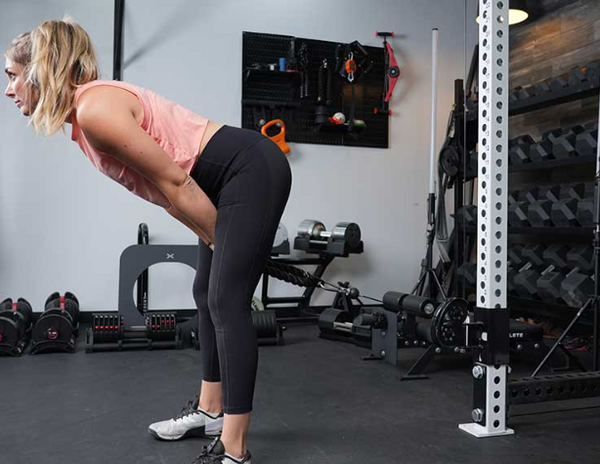
The cable pull-through is a great exercise for targeting the hamstrings, glutes, and lower back. Attach a rope handle or a handle attachment to a low cable pulley. Stand facing away from the cable machine with your feet wider than shoulder-width apart. Hinge at the hips, keeping a slight knee bend, and grab the handle between your legs. Drive your hips forward, extend them fully, and squeeze your glutes at the movement's top. Control the weight as you return to the starting position.
Read More:

